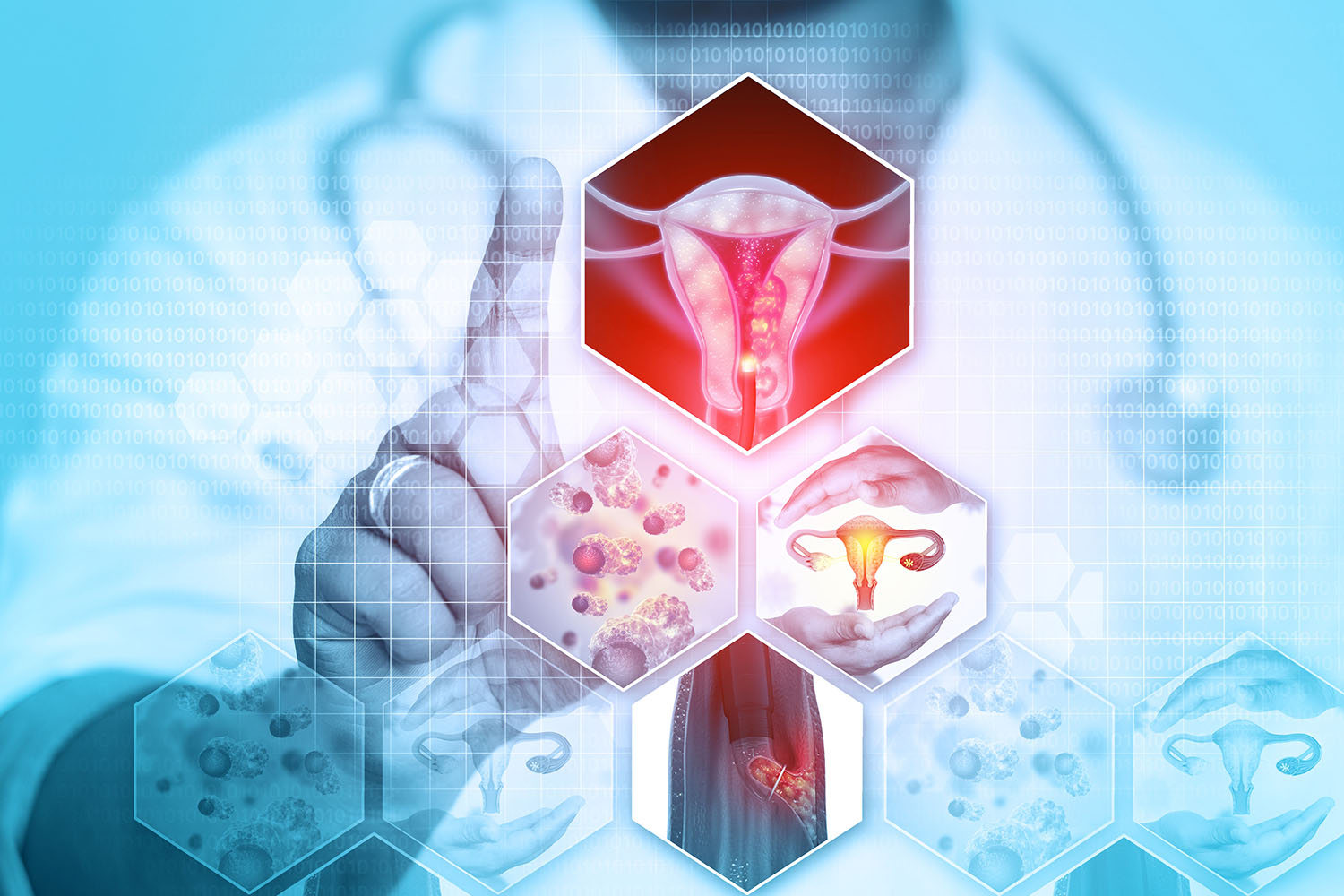Overview
A partial hysterectomy, also known as a supracervical hysterectomy, is a surgical procedure that removes the upper part of the uterus, leaving the cervix intact. This surgery can be a viable treatment option for a variety of women’s health concerns. Let’s delve deeper into the world of partial hysterectomy, exploring its uses, benefits, and recovery process.

When is a Partial Hysterectomy Considered?
Internationally, partial hysterectomy is performed to address various gynecological conditions. Here are some of the common reasons:
Uterine Fibroids: These are non-cancerous growths in the uterus that can cause heavy bleeding, pelvic pain, and pressure. Research from the Australian Gynaecological Society suggests that a partial hysterectomy can be an effective treatment for symptomatic fibroids, particularly for women who wish to retain their fertility.
Endometriosis: This condition involves the growth of endometrial tissue outside the uterus, leading to pain, especially during menstruation. A 2021 study published in the International Journal of Gynecology & Obstetrics found that a partial hysterectomy, along with excision of endometriosis implants, can provide long-term relief for women with moderate to severe endometriosis
Abnormal Uterine Bleeding: Heavy or irregular menstrual bleeding can significantly impact a woman’s quality of life. A partial hysterectomy can be a solution for women who haven’t responded favorably to other treatments for abnormal bleeding.
Pelvic Organ Prolapse (POP): In some cases of POP, where the uterus protrudes into the vagina, a partial hysterectomy might be performed alongside vaginal repair procedures to improve pelvic support.
Benefits of a Partial Hysterectomy:
Compared to a total hysterectomy (removal of the entire uterus and cervix), a partial hysterectomy offers several advantages:
Preserves Fertility: For women who desire future pregnancies, a partial hysterectomy allows them to retain this option.
Shorter Surgery and Recovery Time: Generally, a partial hysterectomy is less invasive than a total hysterectomy, leading to a quicker recovery period.
Maintains Sexual Function: Leaving the cervix intact can help preserve sexual function after surgery.
Important Considerations:
While a partial hysterectomy can be a beneficial procedure, it’s crucial to discuss all aspects with your doctor. Here are some key points to consider:
Cervical Cancer Screening: Since the cervix remains, regular Pap smears become even more important for monitoring cervical health.
Loss of Period: Though you won’t have periods after a partial hysterectomy, ovulation (egg release) might continue for some time, so contraception is still advisable if pregnancy isn’t desired.
Long-Term Effects: Research on the long-term effects of retaining the cervix after a partial hysterectomy is ongoing. Discuss any potential risks with your doctor.
The Path to Recovery
Recovery after a partial hysterectomy typically involves several weeks of rest and physical therapy to regain strength and mobility. Your doctor will provide specific instructions regarding pain management, incision care, and returning to daily activities.
A partial hysterectomy is a surgical option for various gynecological conditions. By understanding the procedure, its benefits, and recovery process, you can make informed decisions about your health alongside your doctor. Remember, this blog provides a general overview, and consulting a qualified healthcare professional is essential for personalized advice.


